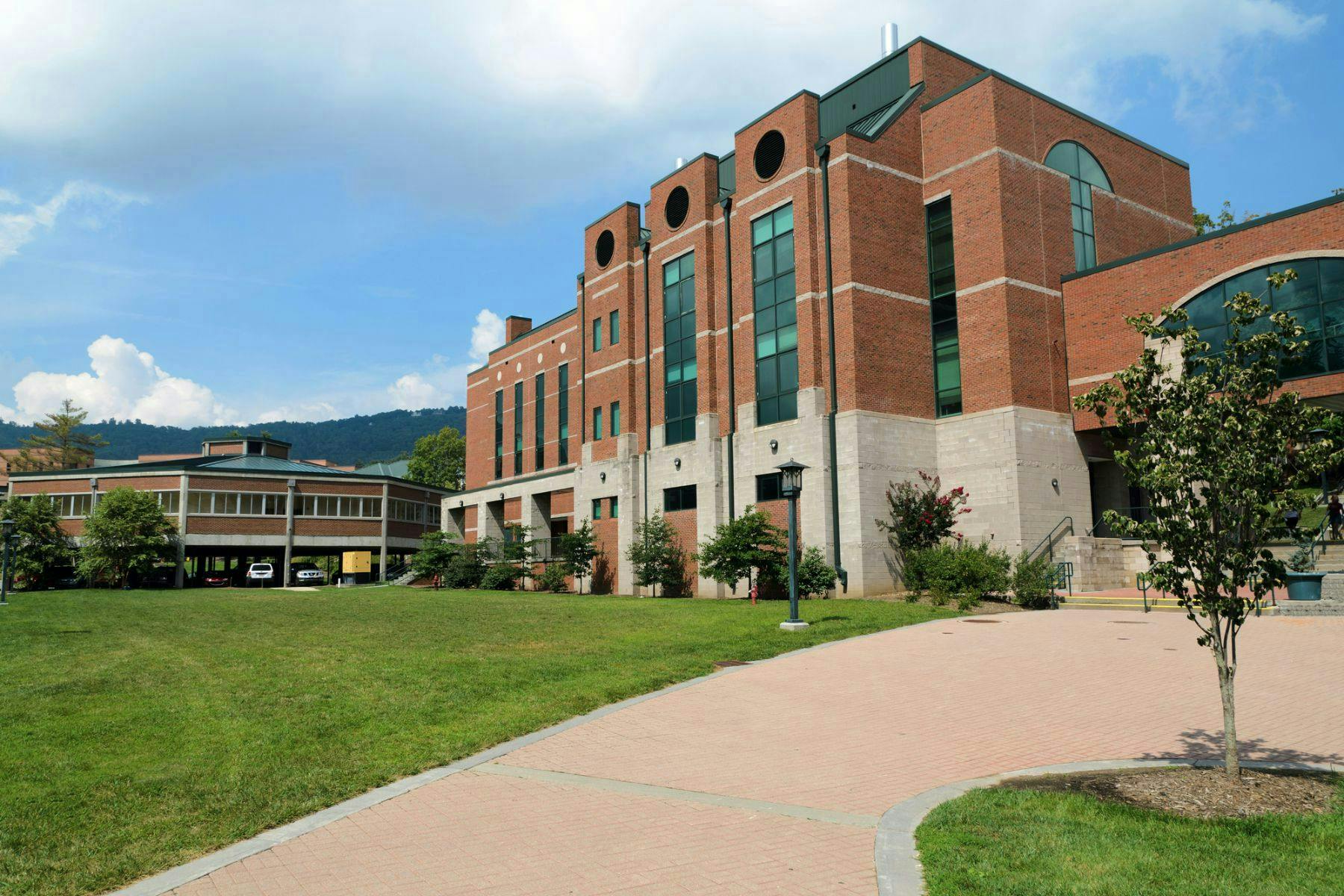In the digital age, universities must manage huge volumes of data. This includes everything from sensitive research results to student records and other vital information. To meet these unique challenges, higher education institutions require secure and efficient file transfer solutions that are easy to use and come with scalable growth. It’s crucial to explore why colleges have such large file sizes, why reliable file transfers matter for higher education institutions, and how SmartFile can help them do just that.
That’s where secure file transfer comes into play. It ensures all important documents remain confidential while protecting critical information from cybersecurity threats like hacking attacks or malicious programs trying to access private networks without authorization. With an effective solution like SmartFile on hand, universities can count on reliable, encrypted transfers so they don’t risk losing their valuable data along the way. What do you need to know about file protection in education?
Why Universities Have Large Files
File sharing in education is critical, but colleges and universities also have very large files. Universities frequently possess massive files for a variety of reasons, such as:
High-resolution images and videos
Colleges generate high-resolution images and videos for research and instructional purposes in different disciplines, like biology, chemistry, physics, or the arts. These mammoth multimedia documents need ample storage capacity plus dependable transfer functions to ensure students, professors, and staff can easily access or share them. As the resolution continues to improve, and as technology continues to progress, file sharing for universities will only become more important.
Large datasets for analysis
In areas including science, economics & social sciences, universities collect & analyze colossal datasets to conduct studies & make data-driven decisions. This requires an immense amount of memory with efficient file transfers, so researchers are able to collaborate without difficulty & exchange their discoveries. This is another major issue for file sharing at universities.
Complex software applications and simulations
Engineering courses along with computer science involve building intricate software applications plus simulations that create large amounts of information needing secure storage which must be quickly shared between faculty/students for successful collaboration as well as learning. Proper file sharing software for universities can address this issue.
Why File Transfer Solutions Are Key for Universities
Universities need a reliable and efficient file transfer solution in order to thrive, as it offers countless advantages. File protection for universities is essential during the transfer process.
Seamless collaboration
With remote learning and research on the rise, universities require an effective way for faculty, staff, and students to collaborate from different locations. A well-structured file transfer system facilitates this by allowing seamless teamwork across physical divides. File sharing will only become even more important with more teachers and students attending school (and working) from home.
Safe and secure data storage and sharing
From research findings to intellectual property or personal info – universities must take extra care with the data they store and share. To ensure academic integrity while protecting student privacy, a secure file transfer solution provides advanced encryption technology along with access control features.
Efficient and timely access to critical information
In academia, time is often precious, so quick access to critical information is key! By providing rapid sharing capabilities for large files, a dependable file transfer system helps keep everyone up-to-date without any delays or complications. Time and speed must be considered when you are looking for a file-sharing solution.
Why Universities Are Targeted in Cyberattacks
Universities are often subject to cybercrime due to a variety of factors. Most notably, universities possess an abundance of valuable information that is highly sought after by malicious actors. This includes research data and intellectual property on scientific breakthroughs as well as personal details about students and staff used for identity theft.
Furthermore, university networks can be quite large and complex, which makes them hard to secure properly, creating more opportunities for attackers. Lastly, budget constraints or a lack of awareness can leave universities with inadequate cybersecurity measures in place. This keeps them open targets for cyberattacks seeking out sensitive data.
All these factors combined make universities particularly vulnerable when it comes to malicious activity online, underscoring the importance of having proper security protocols in place in order to protect their digital assets from attack.
Common Cyberattacks Universities Face
There are plenty of cyber attacks that universities face on a regular basis, and it is critical for institutions of higher learning to prepare for all of them. Some of the most common examples of these cyberattacks include:
Ransomware
Ransomware is a type of malicious software that encrypts data, demanding payment for decryption access. With the wealth of sensitive information universities possess, these attacks can cause extensive damage to school operations and finances, not to mention their reputation. As such, campuses are prime targets for cybercriminals hoping to capitalize on this vulnerability.
Phishing Attacks
Phishing emails designed with deceitful intent often lurk in university inboxes. Students, faculty members, and other personnel may be unaware they’re dealing with fraudulent individuals. Training to recognize phishing attempts may not always be sufficient or up-to-date, compared to what attackers have in store.
This makes college networks particularly vulnerable when it comes to email scams meant for harvesting personal details or spreading malware infections across entire systems if opened by unsuspecting victims.
DDoS Attacks
DDoS assaults involve sending floods of traffic toward an online service, making it inaccessible to legitimate users. Chaos is one reason why colleges get targeted, but extortion schemes and using DDoS strikes as coverups while stealing credentials also happen frequently enough at educational institutions in the modern era.
These are just a handful of the numerous types of digital attacks that could be carried out on college campuses, but there are ways universities can protect themselves.
How To Protect Against Cyberattacks on College Campuses
It’s essential for universities to take proactive steps in safeguarding against cyberattacks. To help ensure a secure network environment, these are some of the measures that should be adopted:
Regular Security Assessments
Regularly assessing and reinforcing security is paramount in maintaining the utmost cybersecurity defenses. Universities need to carry out regular reviews including penetration testing and vulnerability scanning so they can detect any weak spots in their networks quickly, which can then be addressed effectively. Hiring experts to help with this is essential.
Security Awareness Training
Informing faculty, staff, and students about best practices related to cybersecurity as well as recent hacks will significantly reduce the chances of being targeted by malicious actors. Thus, it’s important for universities to provide ongoing training materials that empower users with the knowledge required for detecting potential threats ahead of time.
Incident Response Plan
To minimize damage if an attack does occur, having an incident response plan ready is key. This should include details like identifying impacted systems plus methods for containing harm inflicted during a breach. This may include measures such as data recovery or putting preventive strategies into action.
Network Segmentation
Segmenting networks into smaller chunks helps limit consequences when under siege by attackers, meaning access restrictions are put in place only allowing those who have specific roles within university premises to gain access accordingly. This is critical for protecting sensitive data & other assets from unauthorized individuals attempting to enter into restricted areas.
Multi-Factor Authentication (MFA)
University accounts must be defended with additional authentication factors. Examples include fingerprint scans or one-time codes sent via SMS or hardware tokens before gaining entry. This form of multi-factor authentication adds another layer of protective armor around user credentials, making them less vulnerable to hackers’ attempts at infiltration.
Invest in the Right File Transfer Solution
Clearly, it is important for colleges and universities to make sure they have the right file transfer solution. With so much confidential information, particularly as it relates to students, universities must ensure the confidence of everyone by protecting that information.
As you take a look at the options available, some of the most important factors to consider include:
- How many files do you have to transfer on a regular basis?
- How large are those files? Do you think your solution is able to handle the needs?
- What are the security measures like?
- What type of control do you have over the system?
After considering all of these factors, you should be able to find the right choice to meet your needs.
This information is incredibly vulnerable when files are being sent from place to place, so that is where the protection must focus. That is why investing in the right file transfer solution is so critical, and SmartFile can help with that. What are some of the top benefits?
How SmartFile Helps Colleges and Universities With File Transfer Needs
SmartFile was developed to meet the specific file transfer needs of large organizations, such as colleges and universities, ensuring that they can protect their data with top-notch security. Here’s a deeper look at the features that make SmartFile an ideal choice for higher education institutions:
Password Management Tools
With powerful password management tools, universities are able to create secure, unique passwords for each user. This allows IT administrators to ensure that only authorized personnel have access to sensitive files and folders – reducing the risk of cyber attacks or insider threats.
Two-Factor Authentication
Two-factor authentication (2FA) is essential in keeping accounts safe from unauthorized use by outsiders. With 2FA enabled on SmartFile, users must provide an additional form of identity when logging in, such as an SMS code or authenticator app token. This makes it almost impossible for hackers to break into accounts even if they’ve got hold of someone’s login info!
Granular User Permissions
Universities need granular user permissions to ensure that only authorized personnel can access sensitive data and systems. With this feature, institutions can assign individual or group-level access privileges, preventing accidental leakage of confidential information while also streamlining collaboration. By granting users the resources they require without compromising on security protocols, universities maximize efficiency while minimizing risk.
End-to-End Encryption
End-to-end encryption is an invaluable tool for safeguarding university data against malicious actors. By utilizing robust algorithms to encrypt files from their origin point until their destination, SmartFile ensures that all transmitted data remains safe at every stage of transmission. This is a critical factor in protecting information such as student records and research findings from unauthorized access or tampering.
File Versioning
Maintaining file version histories enables teams to effectively collaborate by tracking changes over time and restoring previous versions if necessary, which can avoid potential losses due to mismanagement or corruption issues. With SmartFile’s file versioning capability, universities have secure backups available at any moment along with accurate records of modifications made during the development process; both are essential components when it comes to maintaining efficient workflows without sacrificing accuracy or reliability!
Unlimited File Sizes
Leave size restrictions behind and unlock the power of smooth collaboration with SmartFile. With this feature, universities can easily share large multimedia files, complex software applications, and extensive datasets without any limitations on file sizes. That means students, faculty, and staff will never be hindered by waiting for bulky information transfers. They’ll have access to all their data instantly.
Integration with Existing Systems
SmartFile also integrates seamlessly into existing university systems like LMSs or research databases. This allows users to stick with familiar tools while still benefitting from advanced features offered by the platform itself. So, you don’t need to worry about a steep learning curve; just plug in your credentials and start collaborating right away.
Give SmartFile a Try Today
Ready to take your university’s data security and collaboration efforts up a notch? SmartFile offers the perfect solution for higher education institutions looking to protect their valuable information, streamline collaboration, and improve the overall academic experience. With features tailored specifically to meet the unique needs of universities, you can trust that SmartFile will keep your data secure while also helping you maximize success in all your collaborative endeavors.
Don’t let cyberattacks or inefficient file transfers derail all of your hard work—give SmartFile a go today and see how it can revolutionize everything from research projects to student-faculty interactions!


